Spice up your table with this globally inspired favorite. A festive mix of organic whole grain brown rice, quinoa, red bell peppers, and corn, its always a crowd-pleaser, whether served as a vegetarian meal or delectable side dish. And there's no waiting because its ready to eat in just 90 seconds. This is a delicious way to add an organic touch to all your rice dishes and meals. All seeds of change food products are certified-organic and naturally delicious because their ingredients are grown using sustainable practices.
The product is being manufactured in United States. Spice up your table with this globally-inspired favorite. A festive mix of organic whole grain brown rice, quinoa, red bell peppers, and corn, this Spanish-style ready-to-heat rice is always a crowd-pleaser. Serve it as a vegetarian meal or delectable side dish. And there's no waiting because it's ready to eat in just 90 seconds. This microwavable rice is a delicious way to add an organic touch to all your rice dishes and meals.
All SEEDS OF CHANGE® food products are certified-organic and naturally delicious because their ingredients are grown using eco-friendly methods. A festive mix of organic whole grain brown rice, quinoa, red bell peppers and corn, it's always a crowd pleaser, whether served as a vegetarian meal or delectable side dish. And if you're in a hurry, try it in this Organic Quick Shrimp Paella recipe. Seeds of change spanish style rice with quinoa, red bell peppers and corn is a ready to heat mix made using whole grain rice and whole grain quinoa and containing no preservatives and no artificial flavors. Packet of rice with quinoa is a usda-certified organic product and is also vegetarian.
A ready to heat, festive mix of organic whole grain brown rice, quinoa, red bell peppers and corn, can served as a vegetarian meal or delectable side dish. The Spanish Style version had a mix of wholegrain rice, quinoa, red bell peppers and corn. Seeds of Change is a certified organic rice and ancient grain brand that you can heat up in the microwave in just 90 seconds. You no longer have to choose between health and a wholesome meal because Seeds of Change has made it easy for us busy individuals. With a combination of rice and quinoa, you're and the ease of simple and quick preparation it's a win-win for all of us.
Perennial chickpeas are a fundamental source of nutrition in animal feed as they are high sources of energy and protein for livestock. Unlike other food crops, the perennial chickpea shows a remarkable capacity to change its nutritional content in response to heat cultivation. Treating the chickpea with a constant heat source increases its protein content almost threefold. Consequently, the impact of heat cultivation not only affects the protein content of the chickpea itself, but the ecosystem that it supports as well. Increasing the height and size of chickpea plants involves using micronutrient fertilization with varying doses of inorganic phosphorus and nitrogen. The quinoa and brown rice would be perfect for our family – two things that we really love.
Cooking treatments do not lead to variance in total protein and carbohydrate content. Soaking and cooking of dry seeds possibly induces chemical modification of protein-fibre complexes, which leads to an increase in crude fiber content. Thus, cooking can increase protein quality by inactivating or destroying heat-labile antinutritional factors. Cooking also increases protein digestibility, essential amino acid index, and protein efficiency ratio. Although cooking lowers concentrations of amino acids such as tryptophan, lysine, total aromatic, and sulphur-containing amino acids, their contents are still higher than proposed by the FAO/WHO reference.
Diffusion of reducing sugars, raffinose, sucrose and others into cooking water reduces or completely removes these components. Cooking also significantly reduces fat and mineral contents. The B vitamins riboflavin, thiamin, niacin, and pyridoxine dissolve into cooking water at differing rates. The beauty of Seeds of Change® is that they are a certified organic rice and ancient grain brand that offers you convenience and speed in a nice little package.
Thiamin, vitamin B6, magnesium, and zinc contents are moderate, providing 10–16% of the DV. Popular dishes in Indian cuisine are made with chickpea flour, such as mirchi bajji and mirapakaya bajji. In India, as well as in the Levant, unripe chickpeas are often picked out of the pod and eaten as a raw snack and the leaves are eaten as a leaf vegetable in salads. In India, desserts such as besan halwa and sweets such as mysore pak, besan barfi and laddu are made.
The level of phosphorus that a chickpea seed is exposed to during its lifecycle has a positive correlation relative to the height of the plant at full maturity. Increasing the levels of inorganic phosphorus at all doses incrementally increases the height of the chickpea plant. Plant yield is also affected by a combination of phosphorus nutrition and water supply, resulting in a 12% increase in yield of the crop.
Finally, all treatments lead to an improved protein digestibility, protein efficiency ratio, and essential amino acid index. Microwave cooking seems to be an effective method to prepare chickpeas because of its improvement of nutritional values and its lower cooking time. Germination of chickpeas improves protein digestibility, although at a lower level than cooking. Germination degrades proteins to simple peptides, so improves crude protein, nonprotein nitrogen, and crude fiber content. Germination decreases lysine, tryptophan, sulphur and total aromatic amino acids, but most contents are still higher than proposed by the FAO/WHO reference pattern. We are always on the go and looking for some quick options to change up or add to our meal prep.
I bought this one and the Quinoa and Brown Rice with Garlic and they were a hit with the whole family. Add a little bit of this, some pre cooked chicken, shredded cheese, sour cream, salsa, guac and whatever other ingredients you like for a quick and filling lunch or dinner. One of my least favourite rooms in the house is the kitchen. I am not a chef and really do not enjoy cooking, much less coming up with brilliant recipes inspired by the sunrise or some other notion. I am a mom so feeding my children is kind of important. 😉 That said, the kids know if they want fancy they look to their dad.
I would much rather have the meal preparation be easy and quick then spend hours cutting and chopping and grilling or baking. The quality of food we put in our bodies is important to us, but no matter how dedicated we are to finding organic foods, many of us are strapped for time. As two people who love zesty food and exotic spices, my husband and I liked the Spanish Style Rice, but would be even happier if the flavors were a little more pronounced.
Since each serves roughly 1 person, it's not the type of product that I can incorporate into our meals on a regular basis . I would enjoy it best as a quick and healthy lunch for myself, or something for my husband to take to work. Seeds of Change rice sides are also the perfect way to use up a little bit of leftover meat, fish or veggies that you might have on hand. It was the perfect base for a quick Lenten/vegetarian meal. The flavors in the Spanish Style Rice paired well with the red pepper and broccoli shreds that I tossed in.
Because the Seeds of Change sides are already seasoned, there's not much else you have to do besides heat them up….and enjoy. Add in whatever you want – meat, veggies, etc. – or just experience the rice as is. In 1989, Seeds of Change® started out as an organic seed company.
Since then, they've followed a natural progression into organic foods. They've spent the past decade exploring the globe in a search for new and exotic tastes. And they continue to hunt for the most uniquely flavorful and authentically genuine recipes from around the world. As a result, they offer an abundance of intriguing choices to surprise your palate, from delicious rice and grain blends to convenient and flavorful ready-to-heat rice products. Seeds of change could help me add nutritients and fibre into my weekday routine. Nitrogen nutrition is another factor that affects the yield of Cicer arietinum, although the application itself differs from other perennial crops with regards to the levels administered on the plant.
High doses of nitrogen inhibit the yield of the chickpea plant. Drought stress is a likely factor that also inhibits the uptake of nitrogen and subsequent fixation in the roots of Cicer arietinum. The growth of the perennial chickpea is dependent on the balance between nitrogen fixation and assimilation that is also characteristic of many other agricultural plant types. Additional minerals and micronutrients make the absorption process of nitrogen and phosphorus more available. Inorganic phosphate ions are generally attracted towards charged minerals such as iron and aluminium oxides. In some parts of the world, young chickpea leaves are consumed as cooked green vegetables.
Especially in malnourished populations, it can supplement important dietary nutrients, because regions where chickpeas are consumed have been sometimes found to have populations lacking micronutrients. Chickpea leaves have a significantly higher mineral content than either cabbage leaves or spinach leaves. In natural settings, environmental factors and nutrient availability could influence mineral concentrations. Consumption of chickpea leaves may contribute nutrients to the diet. In Portugal, chickpeas are one of the main ingredients in rancho, eaten with pasta and meat or with rice. They are used in other hot dishes with bacalhau and in soups, meat stews, and salads mixed with tuna and vegetables, olive oil, vinegar, hot pepper and salt.
In Spain, they are used cold in tapas and salads, as well as in cocido madrileño. It is microwaved in the package for two minute and it's ready to eat. I decided to try it because my rice cooker crapped out. We have been incorporating Seeds of Change's whole line into our lunch and dinner meals and I have to say the kids are loving every bite! I don't think I have had to remind the kids to finish their meal once when Seeds of Change was on the table. It is so easy and versatile, it is a great addition to any meal or recipe.
I can't wait to try this recipe, I just can't get spanish rice right and you need good spanish rice to go on the side of enchiladas to make a meal complete. It's not often that I can make a meal in 5 minutes, but I was given the chance to try Seeds of Change organic rice blends and was able to whip up something tasty and wholesome in a very short amount of time. Agricultural yield for chickpea is often based on genetic and phenotypic variability which has recently been influenced by artificial selection.
The uptake of micronutrients such as inorganic phosphorus or nitrogen is vital to the plant development of Cicer arietinum, commonly known as the perennial chickpea. Heat cultivation and micronutrient coupling are two relatively unknown methods that are used to increase the yield and size of the chickpea. Ruminants have generally less trouble digesting legumes with secondary components, since they can inactivate them in the rumen liquor. Their diets can be supplemented by 300 g/kg or more raw chickpea seeds.
However, protein digestibility and energy availability can be improved through treatments, such as germination, dehulling, and heat. Extrusion is a very good heat technique to destroy secondary components in legumes, since the proteins are irreversibly denatured. Overprocessing may decrease the nutritional value; extrusion leads to losses in minerals and vitamins, while dry heating does not change the chemical composition.
Experiments have shown that ruminants grow equally well and produce an equal amount and quality of milk when soybean or cereal meals are replaced with chickpeas. Pigs show the same performance, but growing pigs experience a negative effect of raw chickpea feed; extruded chickpeas can increase performance even in growing pigs. In poultry diet experiments with untreated chickpeas, only young broilers showed worse performance.
Fish performed equally well when their soybean or cereal diet was replaced by extruded chickpeas. Chickpea seeds have also been used in rabbit diets. Raw chickpeas have a lower trypsin and chymotrypsin inhibitor content than peas, common beans, and soybeans. This leads to higher nutrition values and fewer digestive problems in nonruminants. Nonruminant diets can be completed with 200 g/kg of raw chickpeas to promote egg production and growth of birds and pigs. Higher amounts can be used when chickpeas are treated with heat.
Chickpeas are usually rapidly boiled for 10 minutes and then simmered for a longer period. Dried chickpeas need a long cooking time (1–2 hours) but will easily fall apart when cooked longer. If soaked for 12–24 hours before use, cooking time can be shortened by around 30 minutes. Chickpeas can also be pressure cooked or sous vide cooked at 90 °C (194 °F).
The chickpea is a key ingredient in Mediterranean and Middle Eastern cuisines, used in hummus, and, when ground into flour, falafel. It also is important in Indian cuisine, used in salads, soups and stews, and curry, in chana masala, and in other meal products like channa. In 2019, India was responsible for 70% of global chickpea production. Gently squeeze pouch to separate pouch and pour contents into a pan. Serve immediately Microwave - From Ambient Microwave 1. Take care when handling and opening the hot pouch.
After a full day of fresh air and exercise, hunger always sets in. Trying to feed our families a healthy meal that includes grains and veggies, without having to spend hours in the cottage kitchen, can be a daunting task. My family and I recently put Seeds of Change to the test and we were not disappointed.
The menu consisted of grilled chicken and veggies, with a side of YUM! With kiddos who are picky, I thought the best thing to do was to allow my two the chance to choose the rice dish they wanted to have. With six different offerings to choose from, Emily and William went with the Spanish Style with Quinoa, Red Bell Peppers and Corn and Quinoa with Brown Rice and Garlic. I have to say, I had my doubts that they would like either, although I was eager to try them both. 🙂 Well surprise, surprise, both rice dishes were a hit with the whole family!
Making two packages instead of one meant there was leftovers for the next day. Seeds of Change® offers the trust of an organic product, combined with the ease of simple-to-prepare instructions. With years of parenting under my belt I still find it hard to find a side-dish that meets my three step criteria.
🙂 Seeds of Change not only ticks off all three items, it also brings an unexpected element to the table- philanthropy. Recently the Seeds of Change Grant Program was launched in Canada, which means that 1% of sales are contributed to community gardens across the country! Working with 12 of these gardens means that Canadians will have better access to locally grown, organic food all season long. The Seeds of Change® Canada Facebook page is a great resource for Canadians who are interested in growing or cooking with organic ingredients.
I absolutely love that this company gives back, it is something I am always looking for when choosing brands/products for my family. I also love that eating healthier and organic won't break my bank or make me a slave to my kitchen thanks to Seeds of Change and their amazing line up of products. Lunches don't have to be boring, they don't have to be sandwiches all the time, and they don't have to be elaborate Bento style lunches with perfectly cut out butterfly shaped fruit.



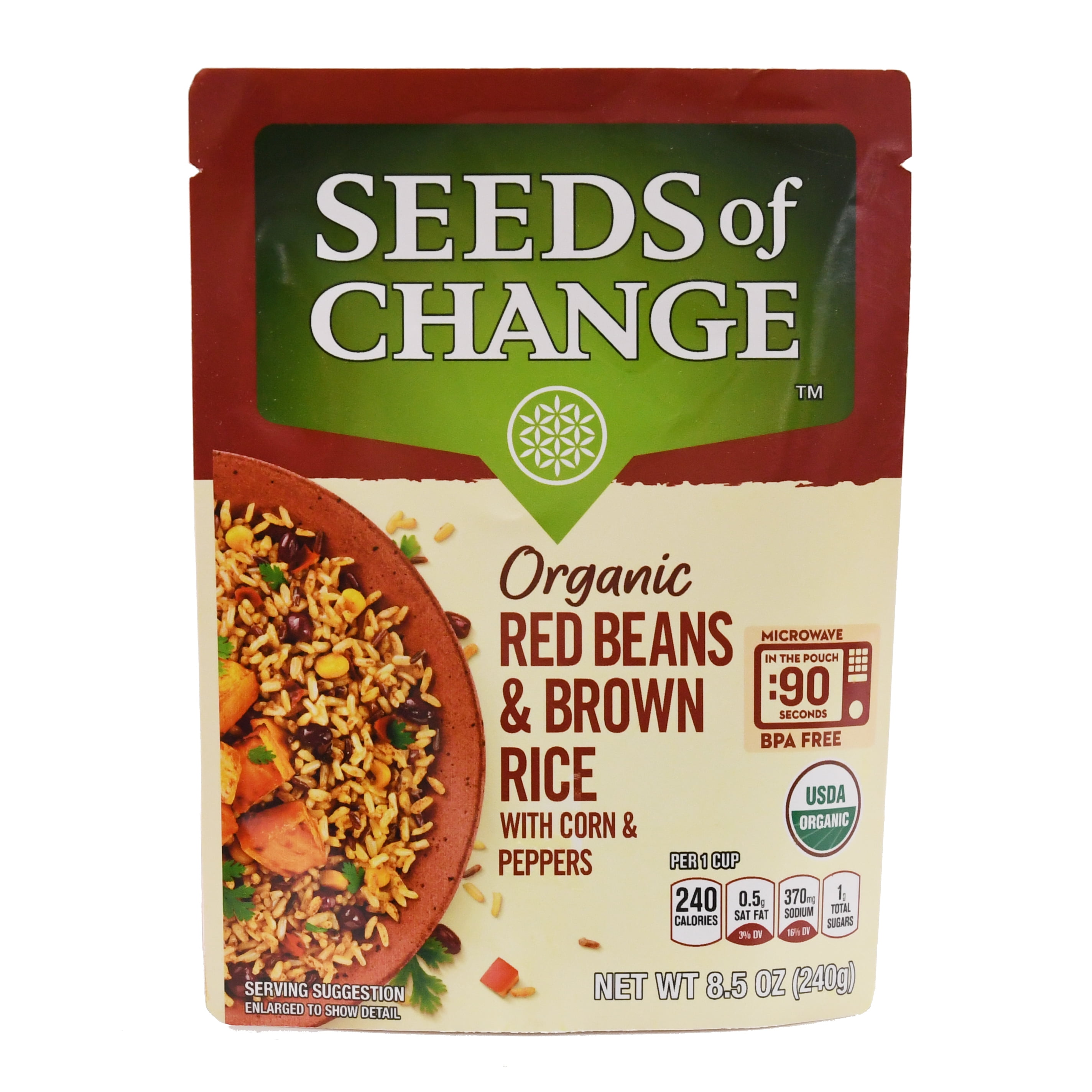





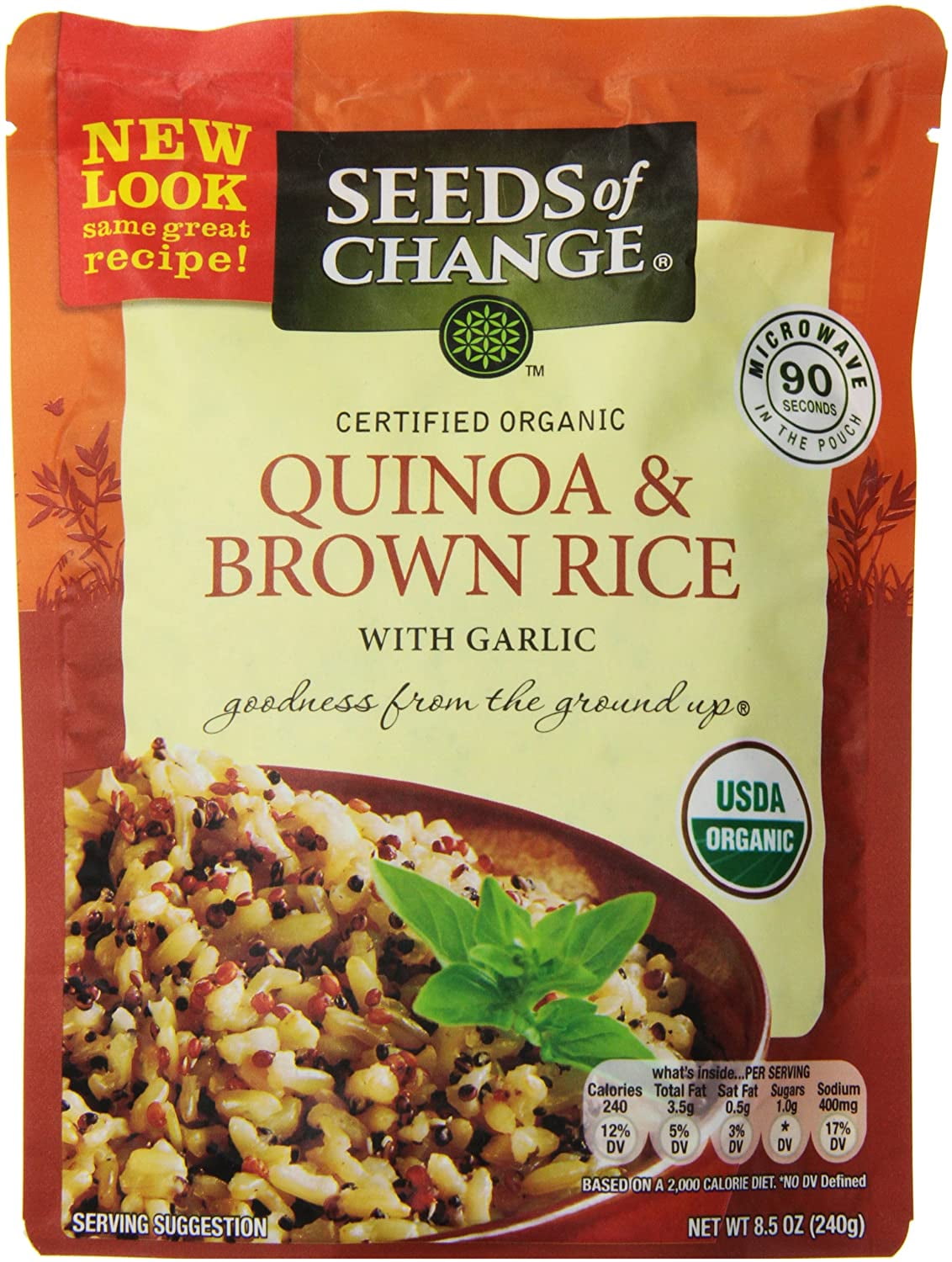

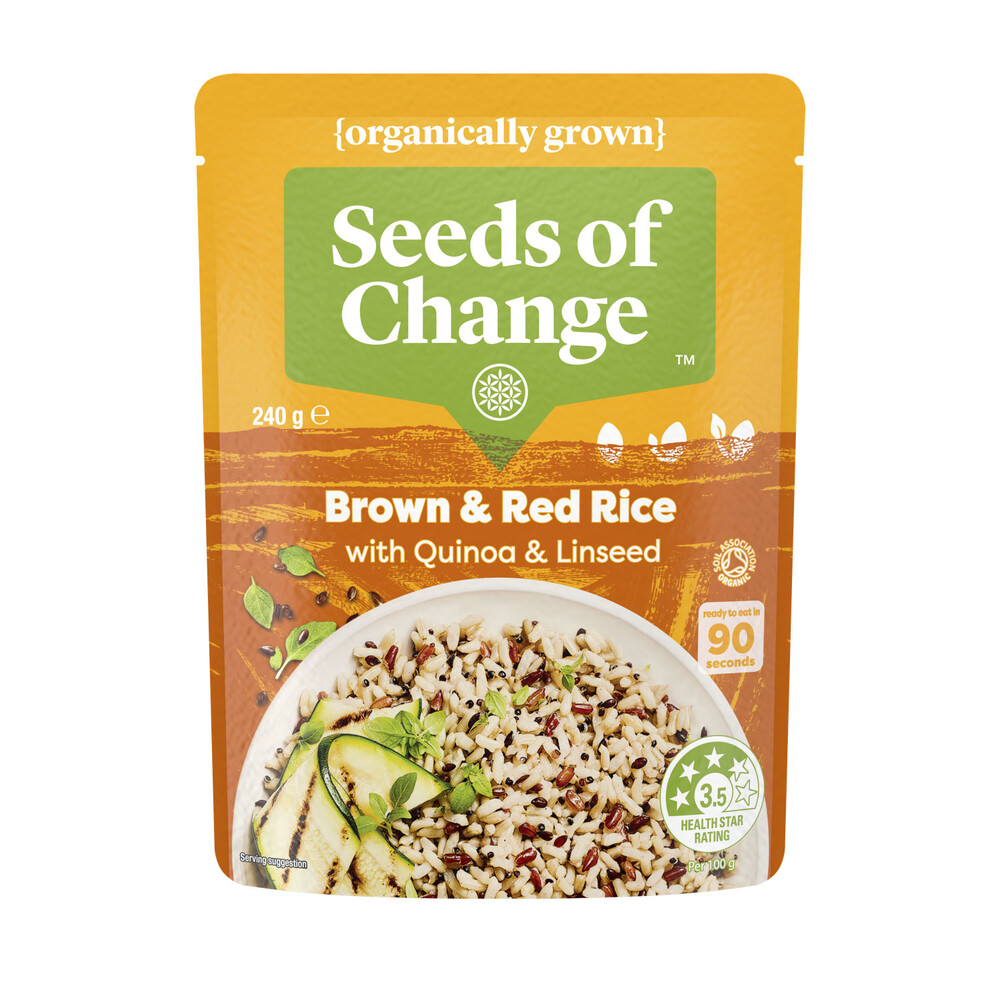





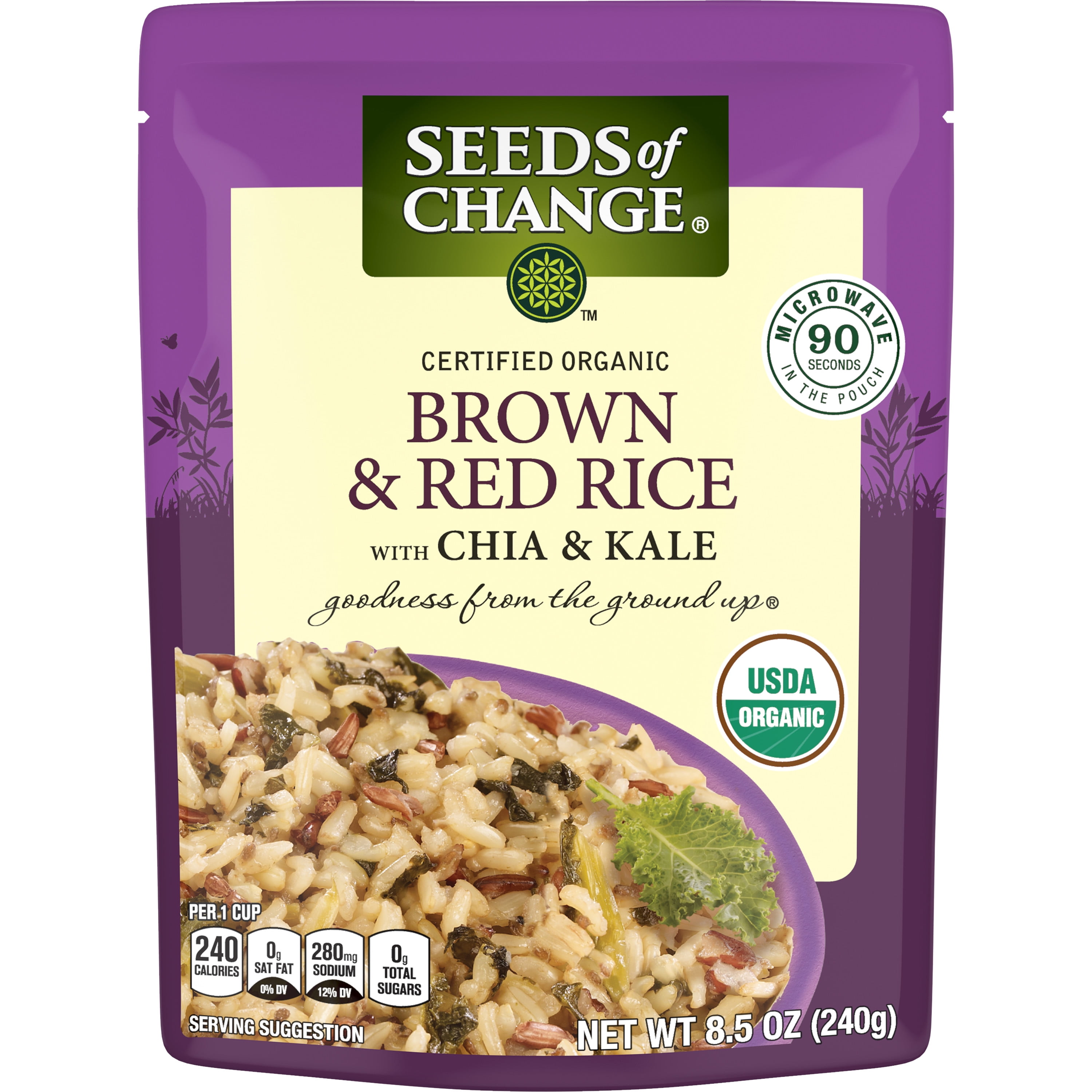
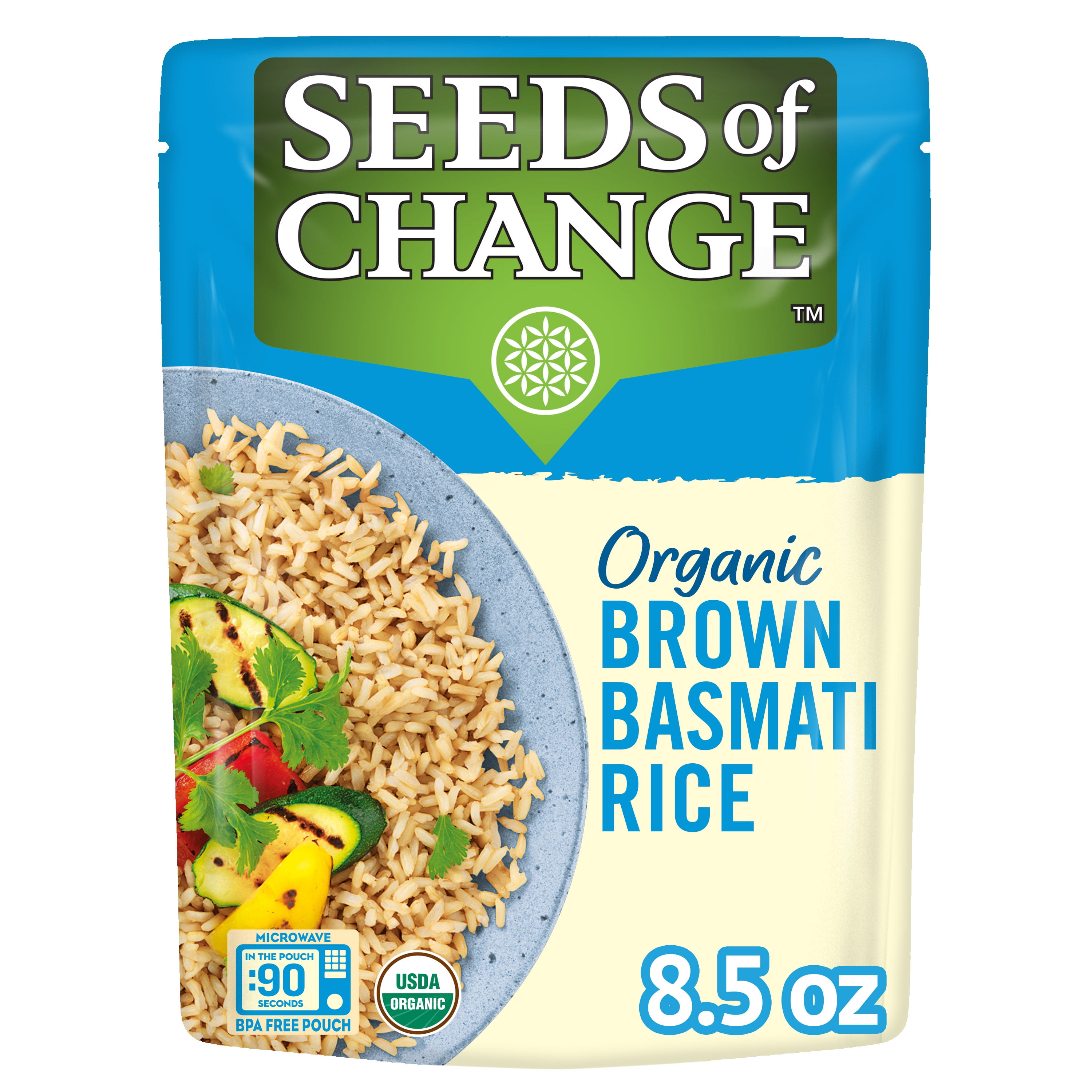





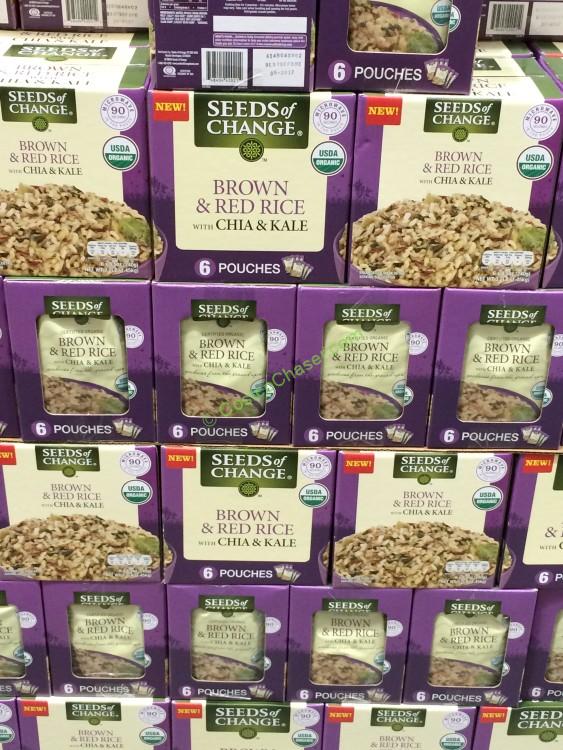



No comments:
Post a Comment
Note: Only a member of this blog may post a comment.